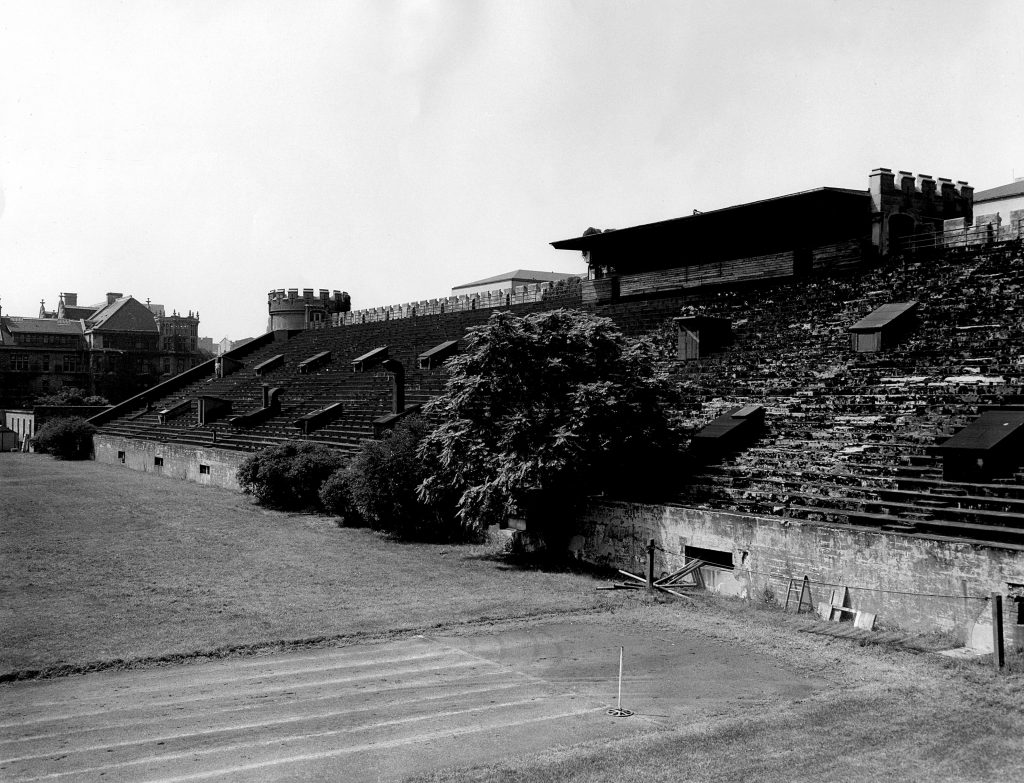Carl C. Gamertsfelder was an American physicist who worked in the field of health physics during the Manhattan Project.
Gamertsfelder received his B.A. in Mathematics and Physics from North Central College in Naperville, Illinois. He went on to receive an M.A. and a Ph.D. in Physics from the University of Missouri. After receiving his Ph.D. in 1941, he started work at the Armour Research Foundation.
In 1942, Gamertsfelder joined the Metallurgical Laboratory at the University of Chicago, starting his involvement with the Manhattan Project. He initially started as a physicist, and witnessed the Chicago Pile-1 go critical. Gamertsfelder became a part of the health physics group, where he worked on developing radiation monitoring equipment.
In 1943, he was transferred to Oak Ridge, where he helped start the radiation safety program and continued his development of health physics instruments. While at Oak Ridge, he was also in charge of monitoring the X-10 graphite reactor when it started operation.
Gamertsfelder was also in charge of training DuPont personnel for work at Hanford. In 1944, Gamertsfelder became the Senior Supervisor of the Medical Department at Hanford, where he trained workers in the program of health physics. In 1946, he became Manager of the Biophysics Section of the Radiological Sciences Department.
In 1952, Gamertsfelder left Hanford and worked as a consulting physicist to General Electric. His job required assessing the hazards of the power plants designed by General Electric’s Aircraft Nuclear Propulsion Department.
Gamertsfelder returned to Hanford in 1961, but left again for General Electric, where he helped develop a power supply using plutonium for the Apollo missions and the Lunar Excursion Module.
Gamertsfelder died on October 2, 1996, in Knox County, Tennessee.
To learn more about Carl Gomertsfelder, see his oral history with the U.S. Department of Education (from which this profile was adapted).





